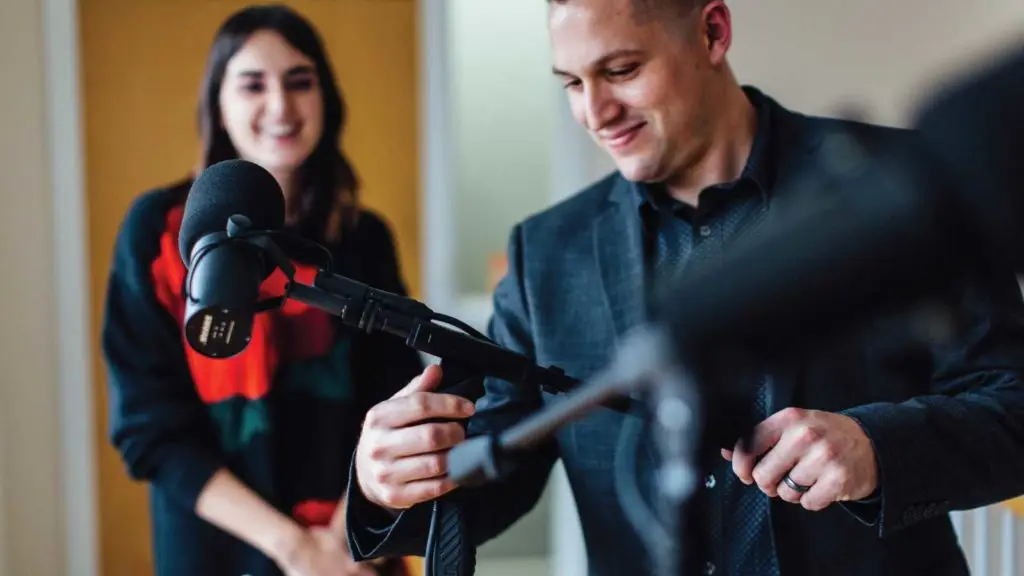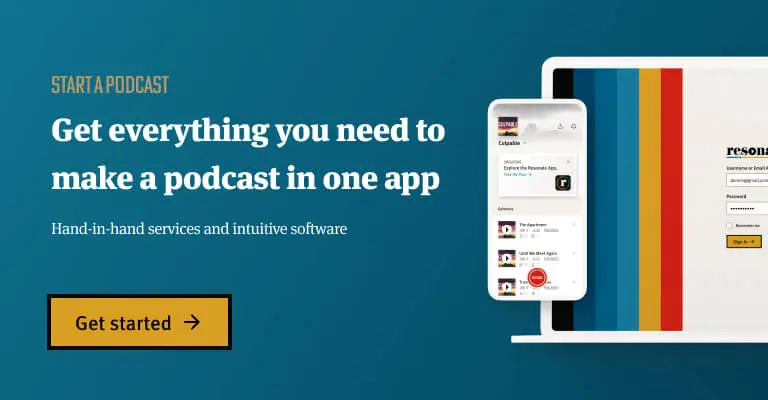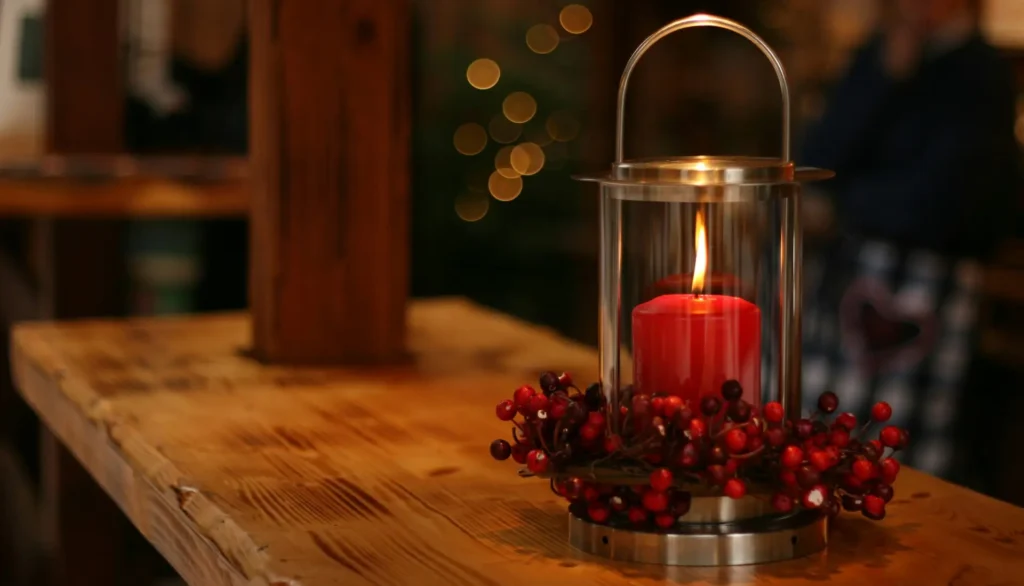One of the things we are asked on a regular basis from our podcasters is to provide them with any tips or tricks around podcast microphone technique. It should be a no-brainer that nailing down this simple (yet often overlooked) element can literally make or break your recording. We’ve all heard the recording where the host or guest is so far away from the microphone it sounds like they’re recording in a different room. Oppositely we’ve heard the podcaster who sounds like they skipped breakfast and is seizing the moment to snack on the microphone.
Issues like these, background noise and popping in the mic are something all too familiar for our team. The good news is that with some simple, straightforward guidance, these issues can not only be minimized but most times, avoided altogether. Because of the importance of podcast microphone technique to have high quality audio our team has created a short video with some tips aimed at helping you avoid these common mistakes. And fair warning, we take a very lighthearted approach at the subject.
5 tips for improving your podcast audio
- Choose the Best Location for Recording Your Podcast
- Buy the Proper Recording Accessories
- Position the Microphone Carefully
- Use the Proper Distance From Microphone
- Find Your Microphone’s Sweet Spot
We hope you find value in this instructional video from Dayton, our Lead Mixing Engineer. Like a lot of the Resonate team Dayton spends about nine hours a day with headphones on, listening, editing, mixing, producing podcasts. Obviously he hears a lot of common mistakes that can be easily corrected. So this video is going to attempt to give you some tips and pointers on recording your podcast.
1. Choose the Best Location for Recording Your Podcast
To ensure your audio quality is as good as it can be, step number one is picking a good location so you want to pick a location that’s quiet and free from distraction. We recommend locations that are away from busy roads or that have a lot of foot traffic. So try to avoid busy office buildings or anything like that. We recommend locations that don’t have a lot of reflective surfaces where sound can bounce around such as wood floors or concrete floors. So stick to the locations that have carpet, stuffed furniture or anything that can absorb sound. And for an ideal scenario, a closet or a basement are great places to record. And something critical to podcast microphone basics is to remember to turn off anything that can make noise such as your cell phone or the air conditioning. So turn off your air conditioning and silence your phone before you record!
2. Buy the Proper Recording Accessories
Second, we need to talk about microphone accessories. Now we like to call these microphone necessities because you just can’t record without them. There are a few simple things to add (and some to remove) that will enhance the overall quality of your audio.
4. Recording Accessories for Better Audio Quality:
- Microphone stand
- Pop filter
- Headphones
- Proper Clothing
1. Microphone Stand

Let’s start off by talking about your mic stand. Now a lot of microphones will come with a desk stand where the mic actually sits on the stand and that sits on a desk. We actually recommend to avoid that because every time you bump your desk, you’re going to be making noise. We recommend you use a floor stand that doesn’t touch anything because your microphone’s really sensitive and will pick up any vibration.
2. Pop Filter

Now, a pop filter basically just minimizes the amount of air being pushed into the diaphragm of the microphone. They are very useful in minimizing and eliminating the popping sounds (called plosives) when you speak, providing you a nice, clean recording.
3. Headphones
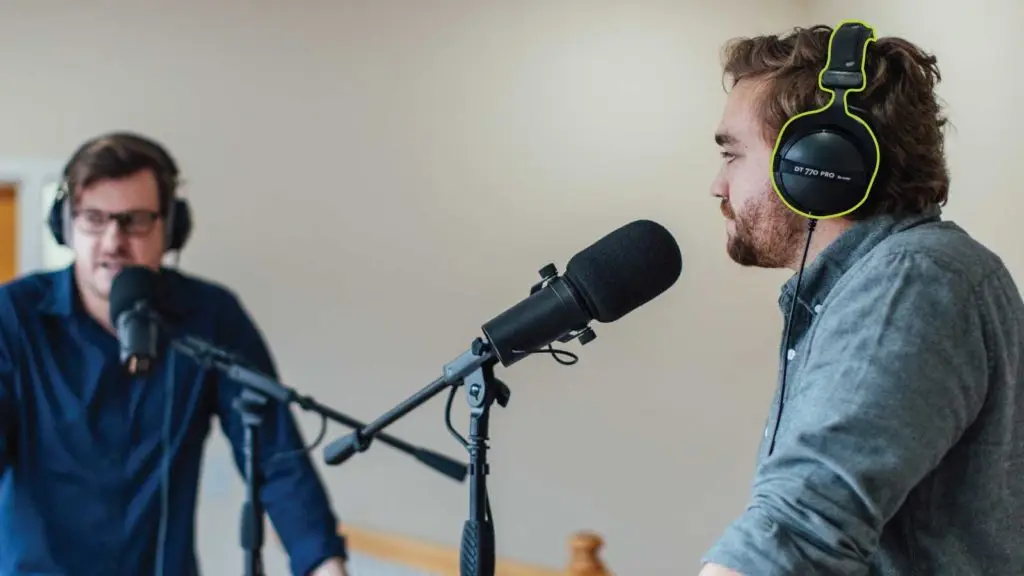
Always make sure you record with headphones on. Now, recording without headphones is like shooting a video without looking at the screen. You’d have to know what you’re recording.
4. Proper Clothing

Lastly, Be mindful of what you’re wearing. Like jewelry, like big leather jackets with zippers, bumping the table, typing on your keyboard, bumping the microphone stand, scratching your beard, clicking on a mouse, sitting in a squeaky chair, shuffling paper. All of these things should be avoided at all costs.
If you want more in-depth advice on what specific equipment to buy for recording your podcast, check out our guide to the best podcast equipment.
3. Position the Microphone Carefully
We can’t talk about podcast mic techniques without discussing the star of the show. We’ve all been waiting for the topic of the microphone. How far do you stand away from it? Where do you talk into it? Questions like these are basic yet crucial to ensuring proper recording quality. It’s really important to keep in mind that there’s so many different types of microphones. In our video we are demonstrating on an Audio Technica AT2005 microphone, a dynamic cardioid microphone (cardioid being the pickup pattern). It picks up everything in front of the speaker, so the pickup pattern looks like a heart shape, so it’s picking up everything directly in front of the microphone. We recommend this type of microphone for most podcasts because it minimizes the amount of room noise in the recording and it focuses directly on the speaker. But keep in mind there are two common microphone designs: you have front address and side address.
Front Address Microphone
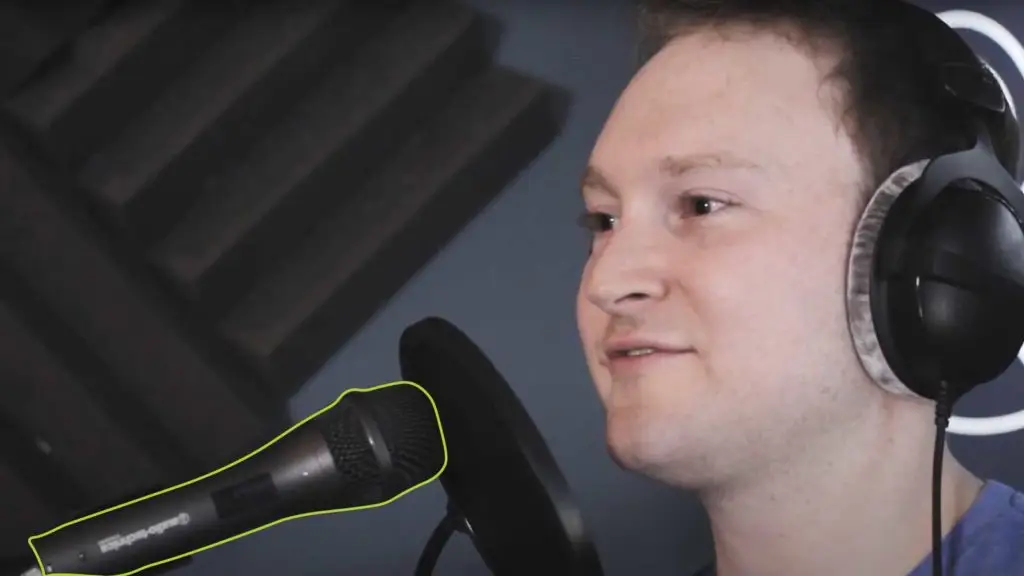
In the video that accompanies this blog I’m talking into a microphone that has a front address design. This means the diaphragm of the microphone is perpendicular to the body.
Side Address Microphone
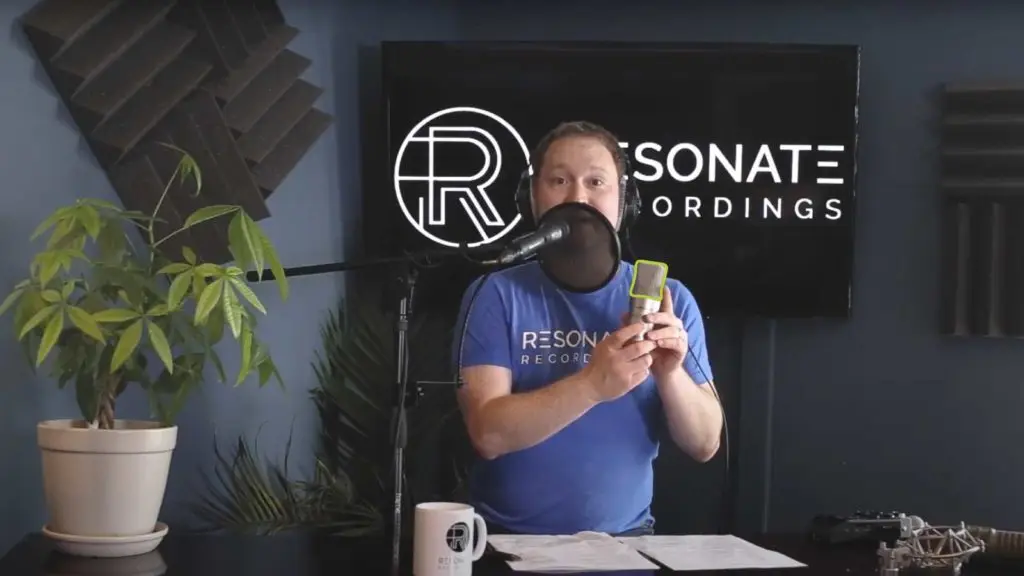
A side address microphone like this one. The diaphragm of the microphone is actually parallel to the body, so you talk into it from here. Another common example of a site address microphone is the Blue Yeti, so if you have a blue Yeti, you do not talk into it like this. It’s a side address.
4. Use the Proper Distance From Microphone
Now let’s talk about how far away you should be from your microphone. As a general rule of thumb, I think two to four inches is a really comfortable distance to be. So what I do is I take my fist, I put it in a ball, I put up to my mouth and I put that up to the microphone and that’s a good starting point. Now it’s really important to use a pop screen filter. Once you find the distance that sounds good to you, you put the pop screen filter where that should be, and that’ll keep you from getting too close to the microphone.
5. Find Your Microphone’s Sweet Spot
Now some people have a really deep voice, so if you get in really close, you get a really, really full sound and that can be okay for some people, but for me, I find it doesn’t sound natural, so I like to get back a little bit. Now you can play with this depending on your voice. If you get too far back, the sound starts to get really thin and then you can barely hear me and now you’re hearing most of the room. So as I get in and close to the mic, I come into focus. Every mic has a sweet spot, so you got to come in and find that spot that sounds best to you. Now if you’re finding that your voice has a lot of siblings or you’re still getting p popping sounds, even with using a pop screen filter, you can tilt the mic a little bit off access to help avoid this. Keep in mind everybody’s voice is different, so experimentation is key. Move around, move in and out. Try to find that sweet spot that sounds best to you.
Conclusion
We hope that reading this article and reviewing our video on these basic podcast mic techniques helps you avoid some of the common mistakes people find. Honestly, with simple steps like having the right location free from distraction, getting a few basic accessories and knowing how to use your microphone properly will make all the difference in the world. These small steps may be the difference between having listeners who listen once but turn it off and having a dedicated following in the palm of your hands. As always, if you have questions you can chat with our team below on this page, or schedule a call to learn more about our services!
